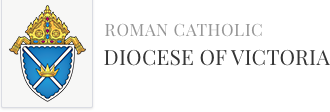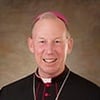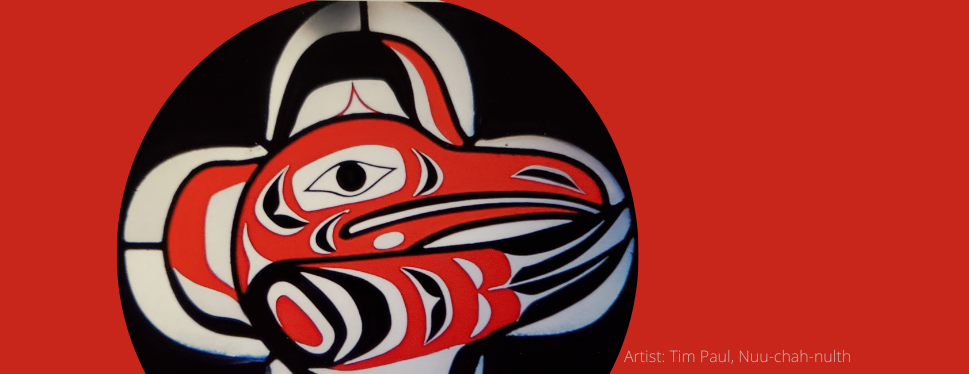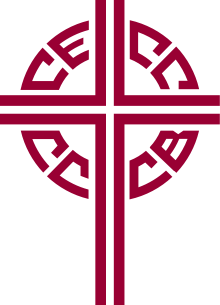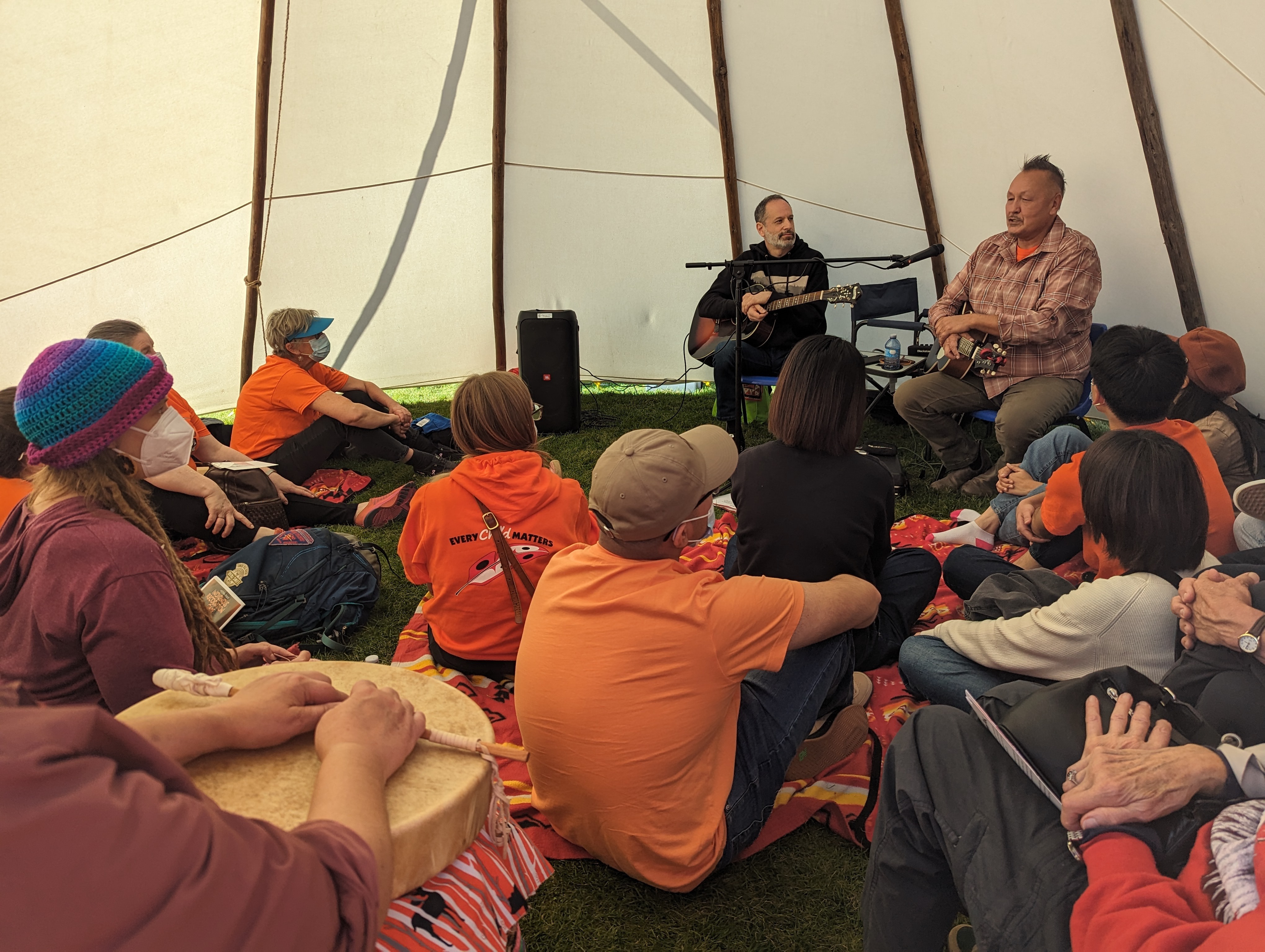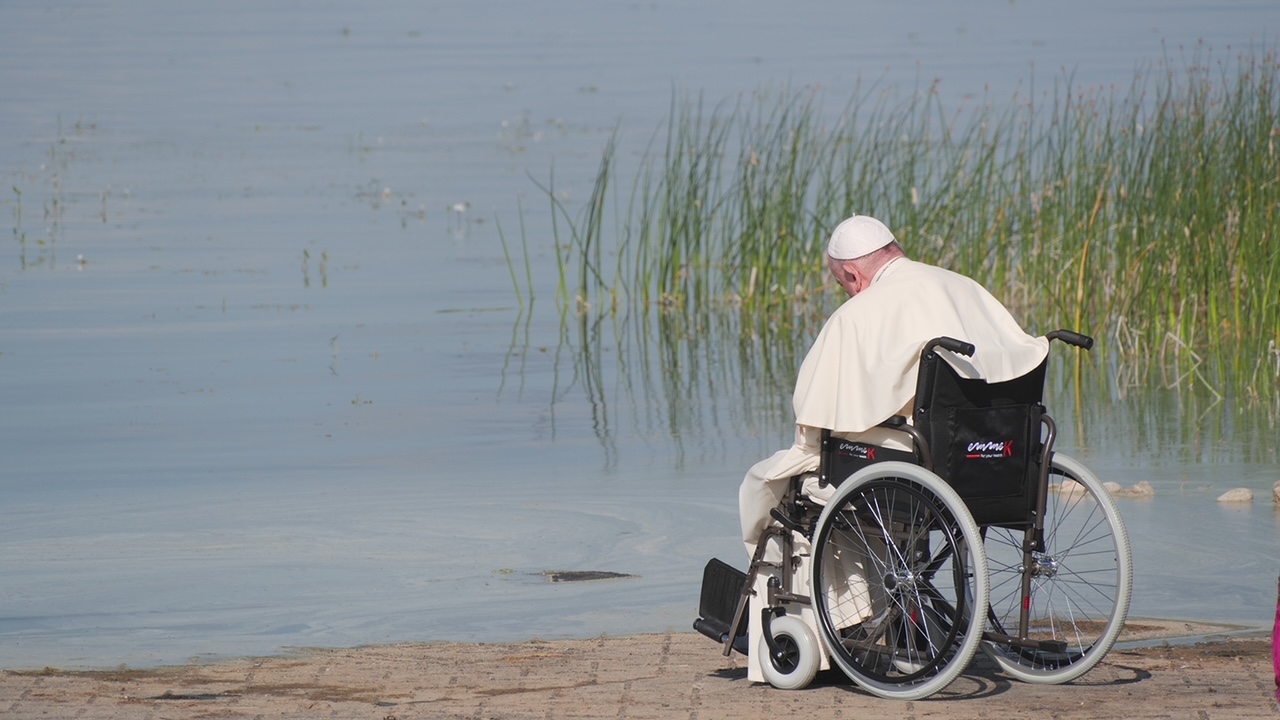Feast of our Lady of Guadalupe
December 12, 2016
My dear Family,
The twelfth day of December is the memorial of Our Lady of Guadalupe, commemorating the appearance in 1531 of the Virgin Mary to an Indigenous Mexican, Juan Diego, who is the first Indigenous saint.
In December 1531, Juan Diego was granted an apparition of Mary on four separate occasions at the Hill of Tepeyac. Mary brought to Juan Diego a message of new life and her maternal protection and care as the Mother of Jesus, giving him and all Indigenous peoples of the Americas a message of hope and loving favour from God. The words she spoke to him, “¿No estoy yo aquí que soy tu madre?” (Am I not here, I who am your mother?) are inscribed over the main entrance to the Basilica of Guadalupe.
There are 53 distinct First Nations within the Diocese of Victoria, comprising three linguistic groups and many sub-groups—and the message of Mary to St. Juan Diego is as relevant in this Diocese in the 21st Century as it was in Mexico 485 years ago. The history of the Diocese of Victoria is intertwined with Indigenous peoples, and with French, English, Spanish, and American trading and colonial expansion. These intertwined relationships sometimes resulted in communion, and sometimes in antagonism, which had profound effects on a fundamental Divine and human teaching: Love God and love your neighbour.
The need for respectful relations has always been great, and perhaps at this time in history is even greater with so many threats to life and our common home. In his Encyclical Laudato Si’, Pope Francis invited us to consider as paramount the needs of people, especially the vulnerable and our common home, rather than the headlong pursuit of power and money.
Because I am not indigenous to these lands, and thus have limited understanding of all the complex competing histories of the Indigenous nations and the tensions of cultural contacts pre- and post-European contact, I have worked in collaboration with Qwaqumulwhut and H:umuth (Joan and Jerry Brown) of the Snuneymuxw First Nation to produce this Pastoral Letter. I offer this as an invitation to an essential dialogue that needs to take place with Indigenous brothers and sisters in our own historical, geographical and cultural contexts. We are invited to engage in this important conversation and work so that justice, truth and life itself may flourish as the Creator intended—whose Son gave his life to reconcile all creation to the Creator.
Thus, I invite you to view the great lands of this Diocese through an ancestral lens, and to listen, not only with ears but also with hearts, to the needs of our brothers and sisters in Christ, responding with the tender mercy of our loving God. This Pastoral Letter is intended as a gentle reminder that these lands and its resources touch every aspect of our lives. Indigenous people have long realized that the privilege of these great gifts comes with a great responsibility.
In this Pastoral Letter, I offer a prayerful reflection on this critical topic. Specifically, I will begin with a brief introduction of the way of the Ancestors of Vancouver Island. Please note that the cultural practices that I will refer to are known to be universal practices; specific cultural details of the people certainly go beyond the scope of this discussion. Finally, I will consider how a modern world has impacted the people of this area and suggest a few steps forward on the path.
Ancestral landscape
Over the past 40 years, I have been fortunate to spend much time with prominent Elders from numerous Indigenous communities. During these sacred times, the Elders invited me to witness time-honoured rituals and ceremonies. They also shared many personal stories, myths, and legends. Through these cultural experiences, I became aware of the Indigenous peoples’ profound relationship with their lands. It is a connectedness that provides a deep understanding of complex ecosystems, and techniques for using and managing sacred resources. Pope Francis affirms this connectedness:
We can say that alongside revelation properly so-called, contained in sacred Scripture, there is a divine manifestation in the blaze of the sun and the fall of night. Paying attention to this manifestation, we learn
to see ourselves in relation to all other creatures.1
"The earth is the Lord’s and all that is in it, the world, and those who live in it, for He has founded it on the seas and established it on the rivers."
~ Psalm 24: 1-2
Also, as it has been told to me, these beautiful lands are the birthplace of many distinct languages and cultures. Without a doubt this Ancestral way of being with the land honours all living things, sky dwellers, water beings, forest creatures and all other forms of life, seen and unseen. I have learned that the Ancestors enhanced their relationship through reverence, humility, and reciprocity. It is where the Indigenous Ancestors found their peace and vitality.
It is obvious that this level of familiarity could only be acquired over thousands of years, notably, transferring and sharing this amazing land-based knowledge from one generation to the next. I have come to realize that this way of knowing is a precious gift from God. That is, a way of being with the land as God intended. Pope Francis offers further insight:
In this sense, it is essential to show special care for indigenous communities and their cultural traditions. They are not merely one minority among others, but should be the principal dialogue partners, especially when large projects affecting their land are proposed. For them, land is not a commodity but rather a gift from God and from their ancestors who rest there, a sacred space with which they need to interact if they are to maintain their identity and values.2
Land, the essence of our people; the cornerstone of our connectivity and wellness
With great respect and with great humility, I would like to consider some of the cultural practices that are important to the wellness of the Indigenous people. First and foremost, I now understand culture is land-specific. In this sense, I would like to draw attention to the mountain realm and the sea world, two distinct ecosystems. A common Indigenous worldview recognizes that the mountain realm and the sea world are two sacred systems that are not only interconnected, but that both play a critical role for the wellness of the Indigenous people. Jerry Brown, an Elder from Snuneymuxw, explains:
I am Snuneymuxw, born and raised here in Nanaimo. I have been so fortunate to learn the ways of our people from my parents, grandparents and numerous Elders. Their stories, our rituals and ceremonies have always brought me to the mountain. It is an amazing world, from the beginning of time it has provided our people materials for our canoes, food, and our medicines. The Ancestors, including my parents and grandparents, have always lived with these sacred resources in a delicate, humble, reciprocal relationship.
The mountain realm has always been known to be a place of significant spiritual power. It is truly one of the precious gifts from God. In the stillness of the mountain, I found time for quiet reflection and prayers. It is a ritual that forever teaches respect and kindness. This is how we came to know our lands, to become one with the spirit of our lands.
I have spent much time up the mountain, praying, using the pristine waters to cleanse my body and soul. It is where I have found medicines like the water healing, helping me to grow and learn spiritually, and building a strong heart, strong mind, and a strong soul. This is the way of the Elders, preparing us to live in a good way despite challenges of a modern world.
"Who shall ascend the mountain of the Lord? And who shall stand in his holy place? Those who have clean hands and pure hearts, who do not lift up their souls to what is false and do not swear deceitfully."
~ Psalm 24: 3-4
Modern Reality—Impact of the Reserve System
The world in which we live is changing. I have often thought about how, in the ancient times, the Indigenous people thrived in these lands in a delicate give-and-take relationship with their respective territories. In the presence of the sacred resources they learned to be humble, and to offer respect by taking only what was needed. Today they no longer have the same access to their traditional lands and its resources.
It is important to consider that when Indigenous peoples refer to or describe their traditional territories, they are describing a much larger land base: it is an original land base that was enjoyed before the imposition of reserve borders. It is also noteworthy to add that as a consequence of urban sprawl, the Indigenous relationship to their traditional grounds has been drastically altered. I draw on the insight of Fiorini and Lazar to help put this into perspective:
It is useful to put the area of the land set aside for reserves for the 600+ Indian bands into some context in order to gain a better understanding of the issues surrounding land claims. Canada has a land mass of 6.5 million square kilometers. Over 130,000 square kilometers have been set aside for National Parks (2% of the total land mass). There are currently only 26,300 square kilometers of Reserve lands (.04% of the total land mass).3
The consequences for the Indigenous peoples are extreme, including shortage of land for housing, overcrowding in existing homes, loss of economic opportunities, no designated recreational sites, poverty—the list is enormous.
More specifically:
Although Canada is among the top countries in which to live according to the United Nations’ Human Development Index, Inuit and on-reserve Indians are ranked below many developing nations. Many First Nation and Inuit communities face housing shortages, as well as rates of unemployment, dependence on social assistance, and youth suicide, which are higher than the national average. Indeed, the United Nations Committee on Economic, Social and Cultural Rights has observed that there has been little or no progress in the alleviation of social and economic deprivation among the Aboriginal peoples.4
These statistics, and my experience and journey with many Indigenous families, have often caused my own tears to fall upon mother earth and committed me even more to a path of accompaniment and communion. I continually pray that together with Indigenous people we can find a way forward to reclaim wellness by restoring the God-given ways with the land.
I am hopeful that if we begin to embrace the land-based values and teaching of the Indigenous peoples, we will begin to see positive changes, not only for the Indigenous peoples of this area, but for all who are passing through this land, as well as respectful relations with the Creator and creation. Given the chance, mother earth will find ways to repair herself, with God’s help. And, when these lands are repaired and respectful relations are established with Indigenous people and communities, we will witness a new and powerful grace for a new springtime of covenant care of our common home, earth, as God has intended.
I invite all people of goodwill to a springtime of ‘Listening’, not only with our ears, but also with our hearts— listening like a mother lovingly exemplified by Mary, who so beautifully responded to the cry of the Indigenous people of the Americas with a promise of God’s loving closeness and accompaniment.
In Communion,
Xyolhmetoxw
Most Reverend Gary Gordon
Bishop of Victoria-png.png)
References
British Columbia Ministry of Education First Nation Peoples of BC, www.bced.gov.bc.ca/abed/map.htm
Fiorini, J; Lazar F. Tax Exemption: A tool for economic development for First Nations, Sorting out the issues; (2002) Turtle Island Native Network
_______________________________________________________________________________________________________
1 Laudato Si’, #85
2 Laudato Si’, #145
3 Fiorini, J; Lazar F., Tax Exemption: A tool for economic development for First Nations, Sorting out the issues; (2002) Turtle Island Native Network, p. 20
4 Fiorini, J; Lazar F., Tax Exemption: A tool for economic development for First Nations, Sorting out the issues; (2002) Turtle Island Native Network, p. 4
Click here to view the Pastoral Letter in PDF format
